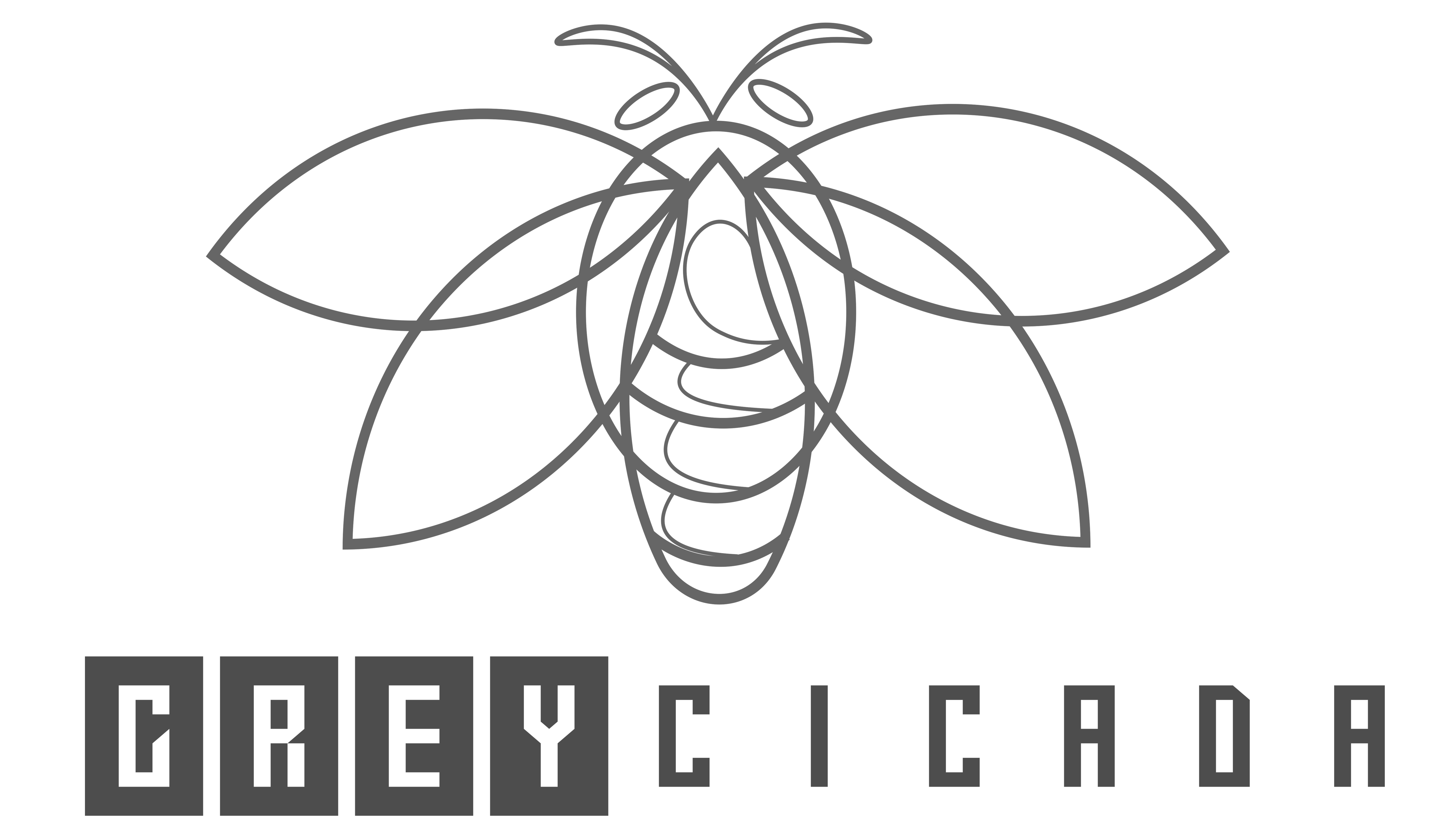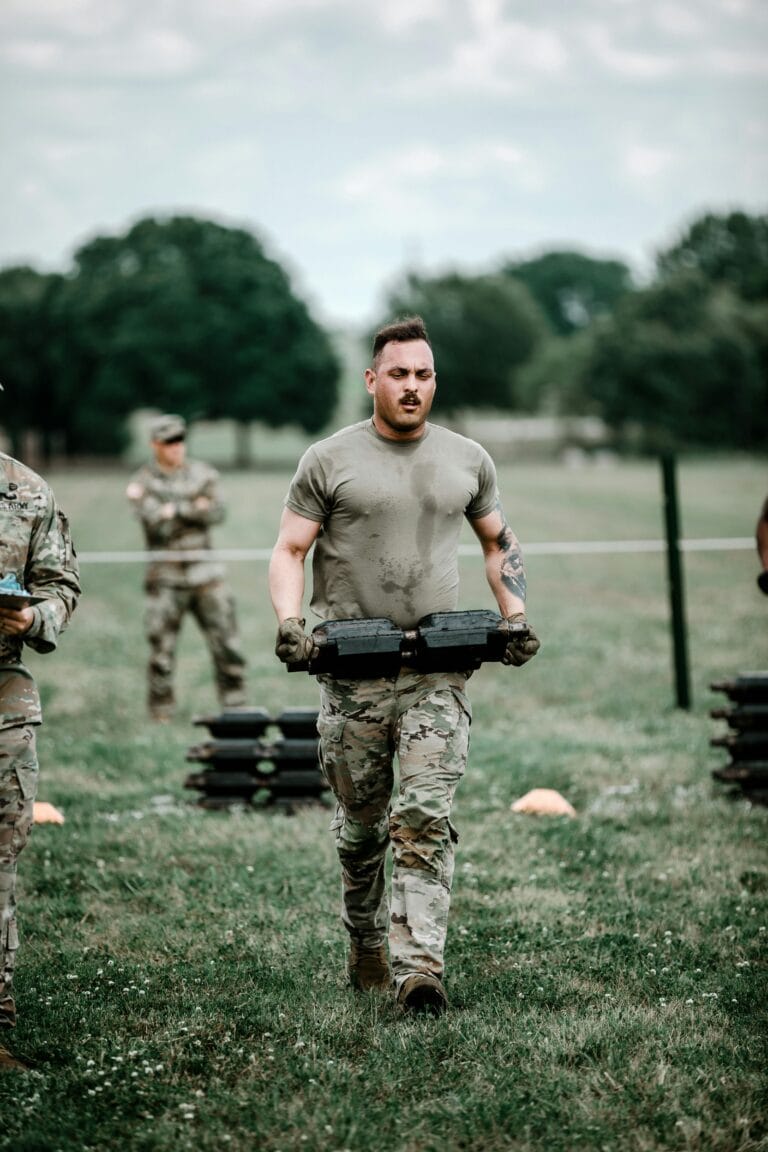FREE SHIPPING OVER $50
Wake Up to a Flatter Belly: 4 Trainer-Approved Workouts That Tighten Your Core Fast

You want a flatter stomach, but you don’t have an hour to spend on crunches. The secret isn’t more reps; it’s maximizing efficiency by performing the right moves at the right time. By tackling your core first thing in the morning, you not only prime your body for fat-burning but also create a bulletproof habit that makes skipping your workout nearly impossible.
This simple, powerful morning core routine focuses on engaging the deep abdominal muscles—the transverse abdominis and obliques—which act like your body’s natural corset. Instead of bulky, six-pack crunches, these four targeted exercises tighten your midsection from the inside out, quickly giving you a firmer, more defined look. Get ready to roll out of bed and into the most effective five-minute core workout you’ve ever tried.
Why Morning Core Workouts Are a Game Changer
Committing to a routine first thing in the morning establishes a powerful consistency that is often the single most important factor in achieving any fitness goal. Once your core workout is done, no afternoon meeting or evening plan can derail your progress. But the benefits extend far beyond just scheduling.
Boost Your Metabolism
Engaging in physical activity, even a short, intense core routine, is an excellent way to kickstart your metabolism. Your body uses stored energy for these contractions. When performed upon waking, exercise signals your body to increase its metabolic rate, helping you burn calories more efficiently throughout the day. This small spike in energy expenditure and heart rate sets a fat-burning tone for the next several hours.
Enhance Core-to-Limb Stability
Your core is the central link between your upper and lower body. By activating it early, you improve the neuromuscular connection—the signal between your brain and your muscles—that controls posture and balance. A strong, awake core supports your spine for the rest of the day, making everything from carrying groceries to standing up straight feel easier. You’re not just tightening your abs; you’re improving your functional strength.
The 4 Trainer-Approved Core Exercises
Professional trainers know that a great core workout must hit all angles of the midsection: the rectus abdominis (the six-pack muscle), the obliques (for rotational strength and a cinched waist), and the transverse abdominis (the deep, internal belt). This routine is designed for maximum activation with minimal time and zero equipment.
1. The Reverse Crunch (For a Flat Lower Belly)
The lower belly is notoriously stubborn because traditional crunches often fail to fully engage the lower section of the rectus abdominis. The reverse crunch fixes this by reversing the movement: instead of lifting your shoulders, you lift your hips. This movement is far more effective at targeting that critical area below the navel.
How to Master the Reverse Crunch:
- Starting Position: Lie flat on your back on a comfortable mat. Place your hands by your sides or lightly under your glutes for slight lower back support. Bend your knees to a 90-degree angle, with your shins parallel to the floor.
- The Movement: Exhale deeply and, using your abdominal muscles, curl your pelvis up toward your ribs. The movement should be small and controlled—you are not swinging your legs. Your hips should lift just a few inches off the floor.
- The Hold: Pause briefly at the top, squeezing your lower abs.
- The Return: Slowly and with control, uncurl your hips back down. Ensure your lower back remains pressed into the mat throughout the entire movement. Do not let your feet drop back to the starting point quickly.
- Target Reps: Perform 3 sets of 12 to 15 controlled repetitions.
2. Double Leg Circles (For Total Abdominal Control)
This Pilates-inspired move is a powerhouse for abdominal control and a fantastic progression from the reverse crunch. It works your core’s ability to stabilize your spine against the rotating load of your legs, challenging both the lower abs and the obliques simultaneously. The goal is to keep your core absolutely still while your legs do the work.
How to Master the Double Leg Circle:
- Starting Position: Lie flat on your back, extending your legs straight up towards the ceiling. For beginners, a slight bend in the knee is fine. Place your hands flat on the floor beside you, pressing your palms down for added stability.
- The Movement: Brace your core firmly, pressing your lower back into the mat. Slowly begin to trace a large circle with both legs, keeping them together. Lower your legs to one side, sweep them down toward the floor (only as low as you can without your back arching), move them up the other side, and return to the center.
- The Control: The size of the circle determines the difficulty. The crucial point is maintaining a flat lower back. If your back lifts off the mat, make your circle smaller.
- The Repetition: After completing a set of circles in one direction (e.g., clockwise), immediately switch and perform the circles in the reverse direction.
- Target Reps: Perform 3 sets of 8 to 10 circles in each direction.
3. High Plank with Knee-to-Elbow (For Obliques and Stability)
Planks are a foundation of core training, but the High Plank with Knee-to-Elbow adds a dynamic twist that fires up the obliques and enhances anti-rotation stability. Anti-rotation means your core must work hard to prevent your hips from twisting as you move your leg, making it a functional move that truly cinches the waist.
How to Master the High Plank with Knee-to-Elbow:
- Starting Position: Get into a high plank (push-up) position with your hands directly under your shoulders and your body forming a straight line from head to heels. Squeeze your glutes and brace your core—imagine drawing your belly button toward your spine.
- The Movement: Slowly lift your right foot off the floor and draw your right knee toward your right elbow on the outside of your body. Think about a controlled, deliberate crunch on the side of your torso.
- The Return: Return your right foot to the starting position without letting your hips sway or lift.
- The Alternation: Repeat the move on the left side, bringing your left knee to your left elbow. Continue to alternate sides smoothly, maintaining a flat back and stable hips throughout.
- Target Reps: Perform 3 sets of 10 to 12 repetitions per side (20-24 total).
4. Seated Ab Circles (For Deep Transverse Abdominis Activation)
This is one of the “trainer secrets” because it isolates the deep core stabilizers and the lower portion of the rectus abdominis in a way that is challenging but low-impact. It’s also known as the seated or reverse V-Sit. It requires serious concentration on form over speed.
How to Master the Seated Ab Circle:
- Starting Position: Sit on the floor. Lean back slightly, balancing on your tailbone, and lift your feet off the floor, bending your knees to a 90-degree angle (a “V-Sit” or Boat Pose modification). Extend your arms out in front of you for balance. Your core should be intensely engaged to maintain this position.
- The Movement: Keeping your torso stationary, slowly move both of your legs together in a small, tight circle—like you are drawing the circumference of a small plate with your feet.
- The Focus: The core’s job is to resist the motion created by your legs. If you feel any strain in your lower back, lean less far back or make the circles smaller.
- The Repetition: Complete all your reps moving clockwise, then immediately reverse and complete the set counter-clockwise.
- Target Reps: Perform 3 sets of 10 to 12 circles in each direction.
Designing Your Fast Morning Routine
To make this a true, fast-track workout for a flatter stomach, adopt a circuit training approach. Perform all four exercises back-to-back without resting in between.
- Reverse Crunch: 12–15 reps
- Double Leg Circles: 8–10 reps (each direction)
- High Plank Knee-to-Elbow: 10–12 reps (each side)
- Seated Ab Circles: 10–12 circles (each direction)
After you complete the fourth exercise, rest for 60 to 90 seconds, then immediately repeat the entire sequence for a total of three full rounds. This maximizes your time under tension and boosts the metabolic benefit, turning a quick core session into a powerful fat-loss tool.
Crucial Form and Progression Tips
Remember, the quality of each rep trumps quantity. Focus on mind-muscle connection—actually squeezing and contracting the target muscles, rather than just going through the motions.
- Breathe: Always exhale forcefully during the challenging, or concentric, part of the movement (when you are crunching or lifting). This helps fully contract the deep abdominal muscles.
- Don’t Arch: The most common mistake in abdominal training is allowing the lower back to arch, which can lead to injury and disengages the core. Always aim to keep your spine neutral and your ribs pulled down.
- Progression: As these feel easier, slow down the tempo. Taking three seconds to lift and three seconds to lower is an excellent way to increase the challenge without adding external weight. You can also increase the number of total circuits from three to four.
Conclusion
Achieving a tighter, flatter lower belly isn’t about endless, ineffective floor crunches; it’s about a smarter, more targeted strategy. By implementing these four trainer-approved, core-specific moves, you engage the crucial deep abdominal muscles required for real structural change. Making this routine the first thing you do each morning guarantees consistency, boosts your metabolism, and ensures you’re activating your core for superior strength and posture all day long. Start tomorrow, and you’ll quickly see and feel the difference in your midsection.
Related Articles
- The Muscle Activation Tricks Natural Bodybuilders Don’t Want You to Miss
- Over 50? These 5 Exercises Rebuild Muscle and Reverse Aging—No Supplements Needed
- If You’re Over 45 and Can’t Pass These 4 Strength Tests, Your Mobility May Be at Risk
- Over 40? Trainers Say These 6 Exercises Are Non-Negotiable for Strength and Longevity
- This Forgotten Bicep Trick From the Golden Era Builds Sleeve-Splitting Arms Fast



